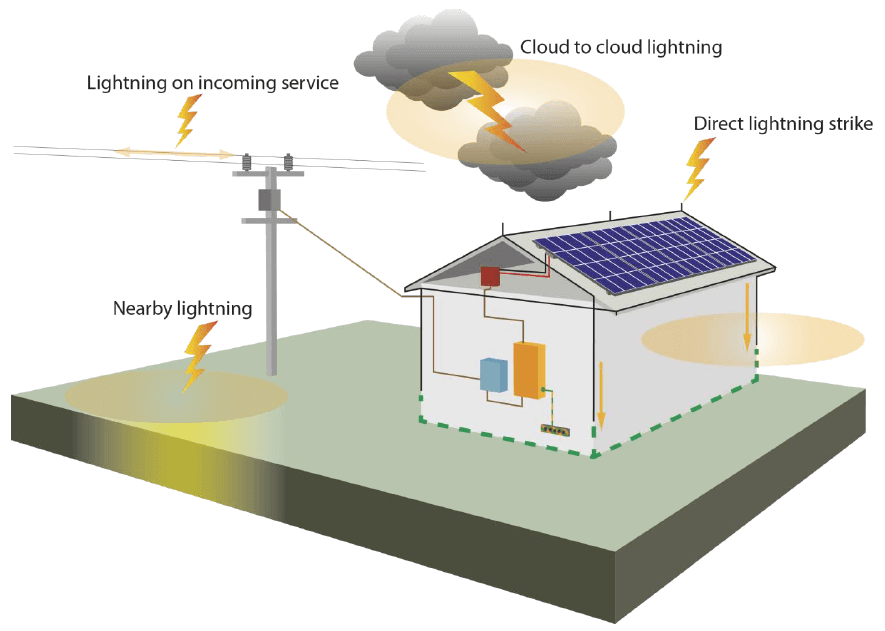-
Products
- Automation and Control
- Cable Management
- Cables and Wires
- Circuit & Load Protection
- Connectors
- Earthing and Lightning Protection
- Electrical Distribution (LV)
- HVAC
- Industrial Plugs and Sockets
- Lamps
- Lighting Fixtures and Accessories
- Network and Connectivity
-
Pneumatic
- View All Products
Pneumatic
- Actuators and Cylinders
- Air Hydro Converter
- Air Preparation Equipment
- Electric Actuators
- Electro-Pneumatic Regulator
- Fittings and Connectors
- Other
- Pressure Gauge
- Process Pump
- Quick Exhaust
- Sensors and Switches
- Silencers and Exhaust Cleaners
- Speed Controller
- Thermo Chiller
- Tubings
- Vacuum Products
- Valves and Manifolds
- Power Supply
- Renewable Energy
- Safety Equipment
- Security Surveillance System
-
Test and Measurement
- View All Products
Test and Measurement
- Accessories
- Battery Tester
- Data Acquisition and Logger
- Data Cable Tester
- Electrical Tester
- Electronic Test Equipment
- Environmental Tester
- Laboratory Equipment
- Magnification
- Measuring Tools
- Mechanical Test Equipment
- Multimeter
- Oscilloscope
- Power Measurement
- Pressure and Refrigeration
- Process Calibration
- Safety Tester
- Temperature
- Transmitter
-
Tools
- View All Products
Tools
- Abrasives
- Adhesive and Sealant
- Automotive Tools
- Batteries and Chargers
- Bearings and Transmission
- Cleaning Supplies and Equipment
- Cutting Tools
- Electronic Components
- Fastener
- Hand Tools
- Household & Consumer Electronics
- Lubricants and Chemicals
- Office Supplies
- Packaging Materials
- Piping Tools
- Pneumatic Tools
- Power Tools
- Printer and Label
- Storage and Handling
- Transportation
- Welding Equipment
- Workshop Equipment
- Wiring Devices
- Brands
- XD Solutions
- Offers
- News & Events
- About Us
- Project Reference












